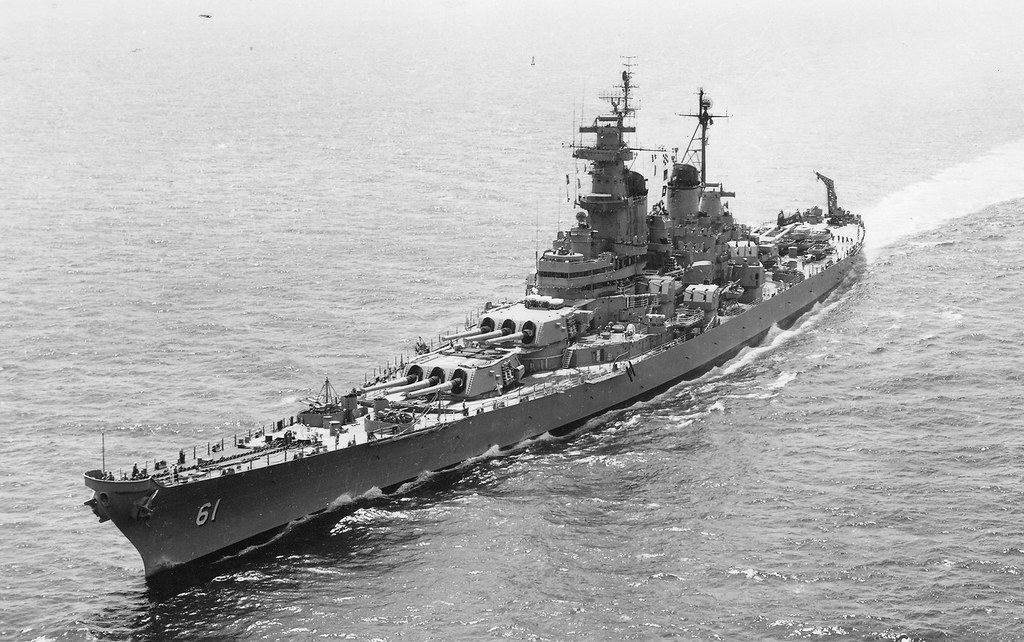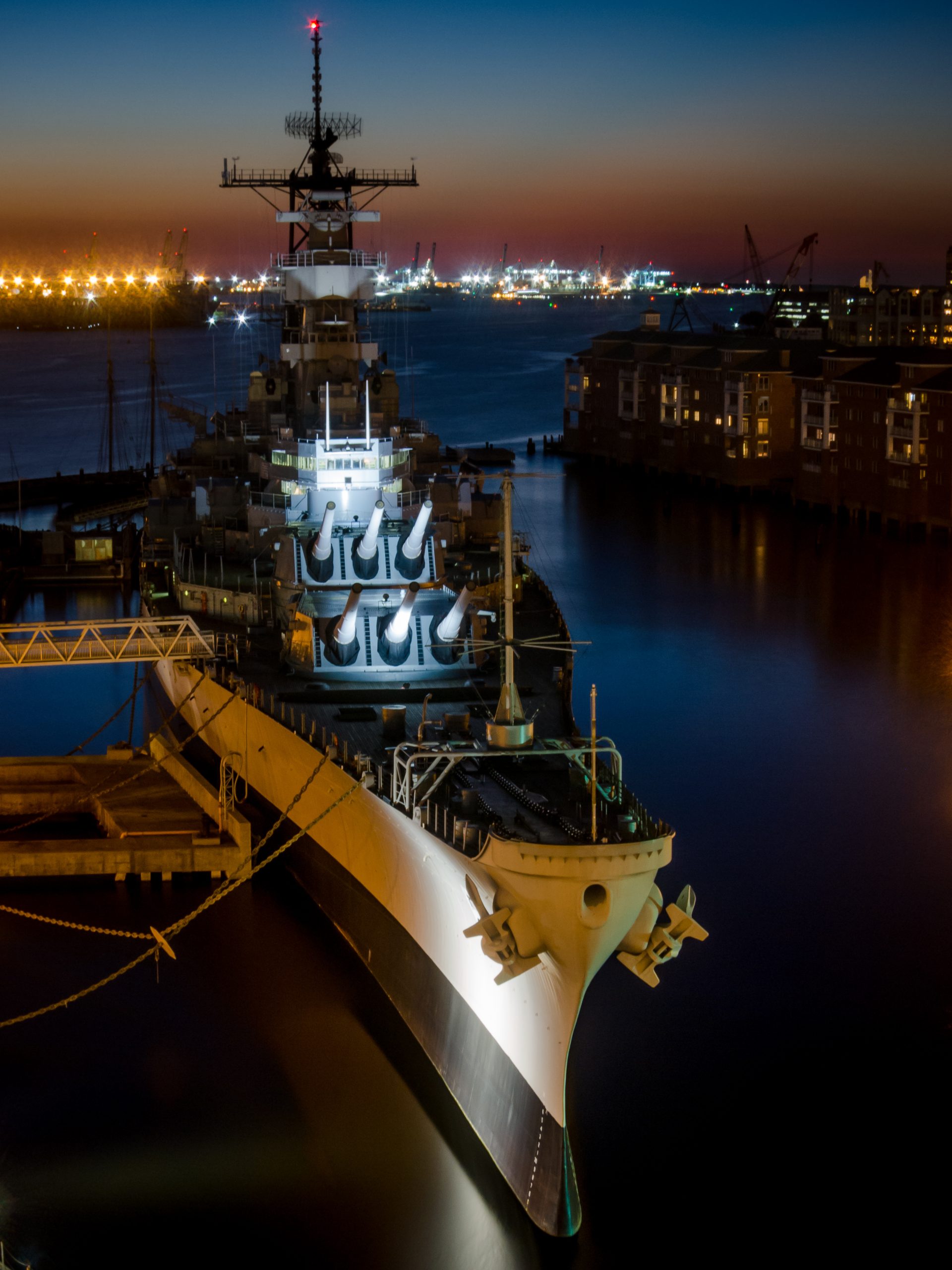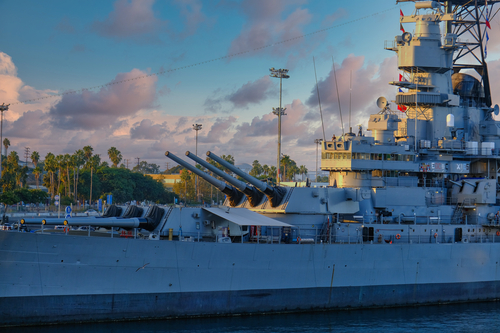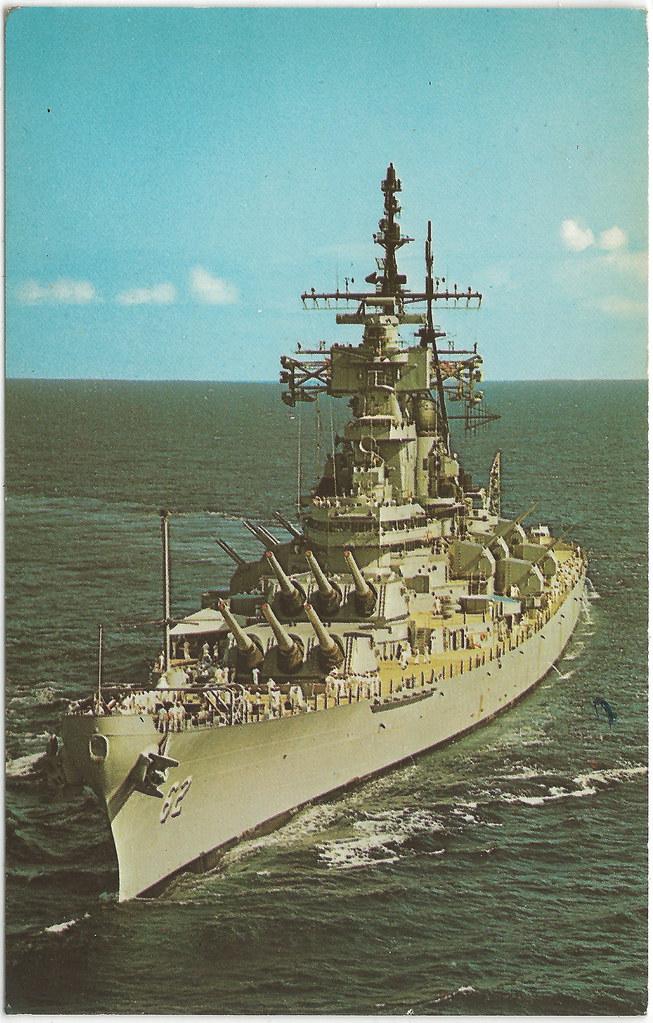
The majestic silhouette of an Iowa-class battleship cutting through the waves is an image that conjures up the awe-inspiring power and history of the U.S. Navy.

However, despite the romanticism and nostalgia associated with these behemoths of naval warfare, their days of active service are firmly anchored in the past.

Discussions about the potential reactivation of these warships, while fueled by enthusiasm and reverence, ignore the stark realities of contemporary military strategy, technology, and logistics.

The dream of seeing the Iowa-class battleships, the largest ever built by the United States, rejoin the fleet is a persistent one. There is no denying the historical significance of these vessels, which served in every major conflict from World War II to the Gulf War.

Yet, the practicality of such an endeavor is nullified by the advances in modern warfare. In the age of hypersonic missiles, stealth aircraft, and sophisticated electronic warfare, these “fast battleships” would be nothing short of sitting ducks—massive, slow-moving targets with vulnerability to undersea threats, a concern deeply underscored by their design limitations.

Their storied past does not shield them from the current defense paradigm that favors more agile and technologically advanced platforms for naval firepower.

The large crews required to man these ships and the lack of facilities for an extensive refit only amplify the impracticality. Moreover, the ongoing deterioration of these historic vessels, now serving as floating museums, coupled with a scarcity of spare parts, makes any proposal to recommission them a herculean task.

Despite these insurmountable challenges, the intrigue of the Iowa-class battleships endures.

Fans of military history will recall the USS Iowa and USS Wisconsin were once reinstated on the Naval Vessel Register (NVR) due to public and political pressure. However, this ceremonial gesture did little to change their operational fate.

The Navy’s evolving doctrines, such as the over-the-horizon amphibious assault tactics, render the battleships’ 16-inch guns obsolete, as their range falls short of the requirements for modern naval engagements.

In the 1930s, the Washington and London Naval Treaties restricted battleship displacement to 35,000 tons. The earlier North Carolina and South Dakota class battleships were constructed within this constraint.

When Japan did not ratify the subsequent London Treaty of 1936, the US and Great Britain invoked an Escalator Clause, raising the battleship size limit to 45,000 tons. This limitation influenced the initial designs of the Iowa-class vessel.

The truly unfettered, be-all-end-all design was to be the Montana-class, weighing in at a staggering 70,000 tons. The ships were ultimately canceled as they couldn’t be completed before the war, and by the war’s end, aircraft carriers had taken precedence.

The fascination with the Iowa-class battleships will continue to be a part of military lore and discussion. Their historical impact and the symbolism of their firepower will forever resonate with those who hold military history in high regard.

However, the battleships’ reactivation is an idea that remains afloat purely in the realm of speculative fiction. As the modern Navy sails forward, the Iowa-class battleships remain anchored in the annals of history, powerful reminders of a bygone era of naval warfare but unviable in today’s fast-paced, technology-driven conflict scenarios.
Relevant articles:
– Repeat After Me: Navy Iowa-Class Battleships Will Never Make A Comeback, The National Interest
– The Military Reason Why the Battleship Is Never Coming Back, Medium · Haomiao Huang
– The U.S. Navy: The Battleships Are Back!, U.S. Naval Institute

